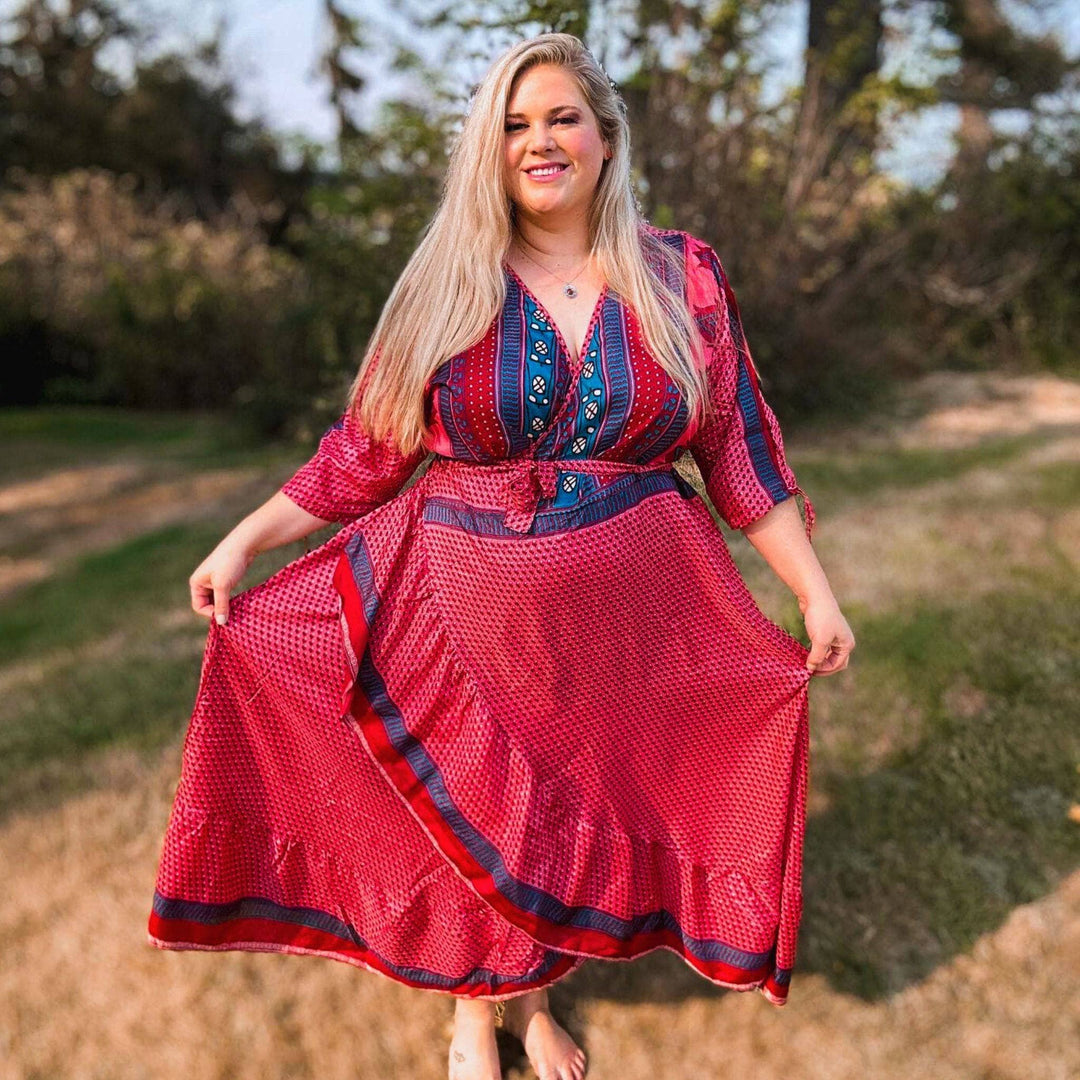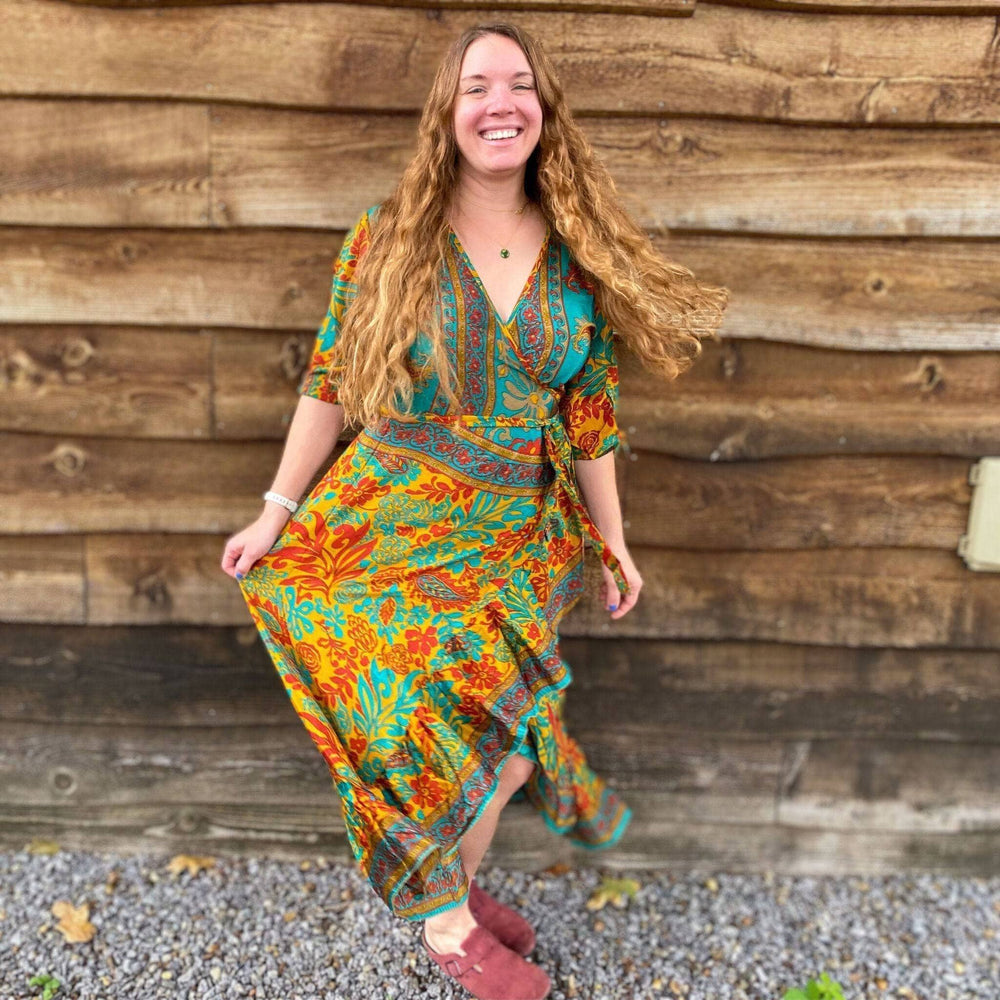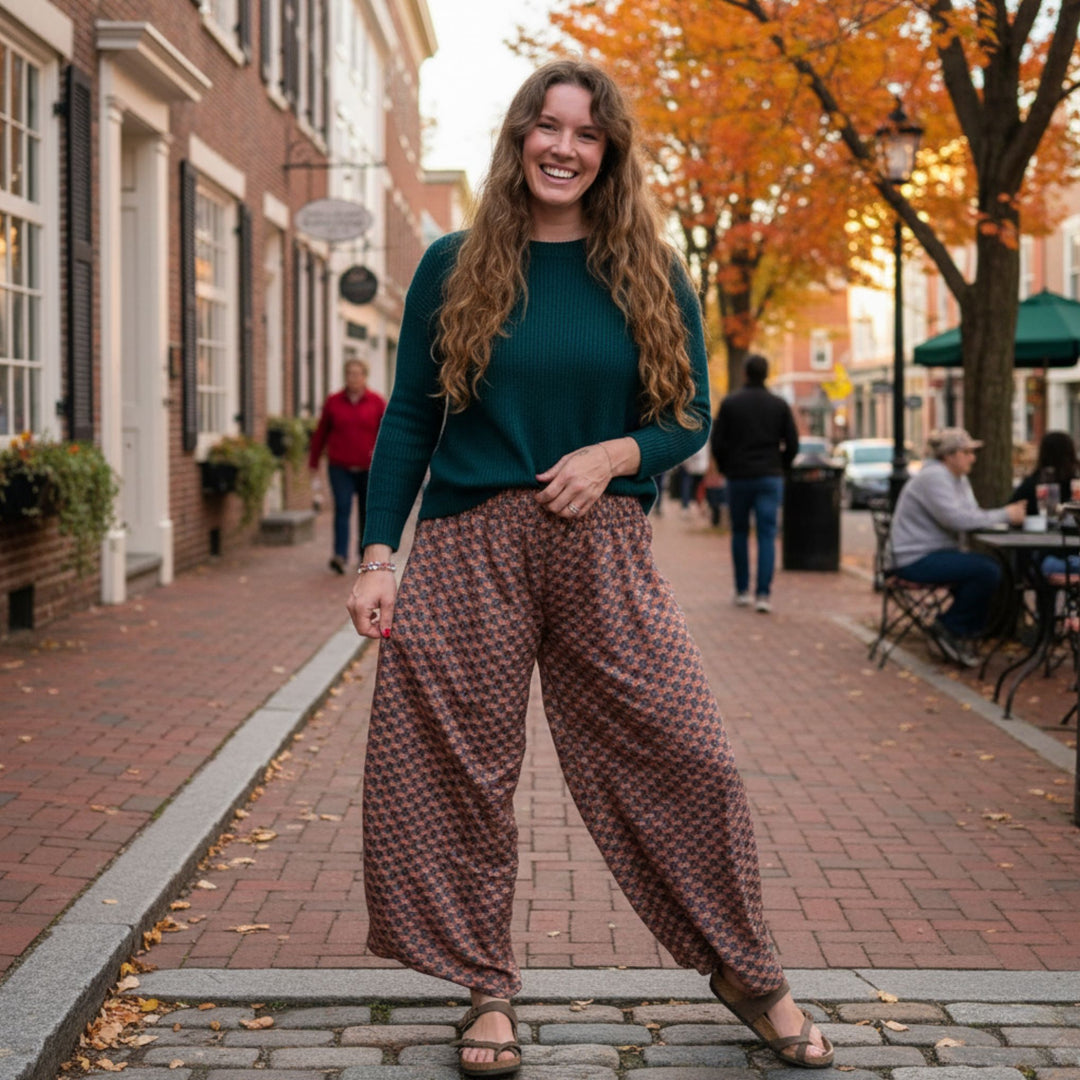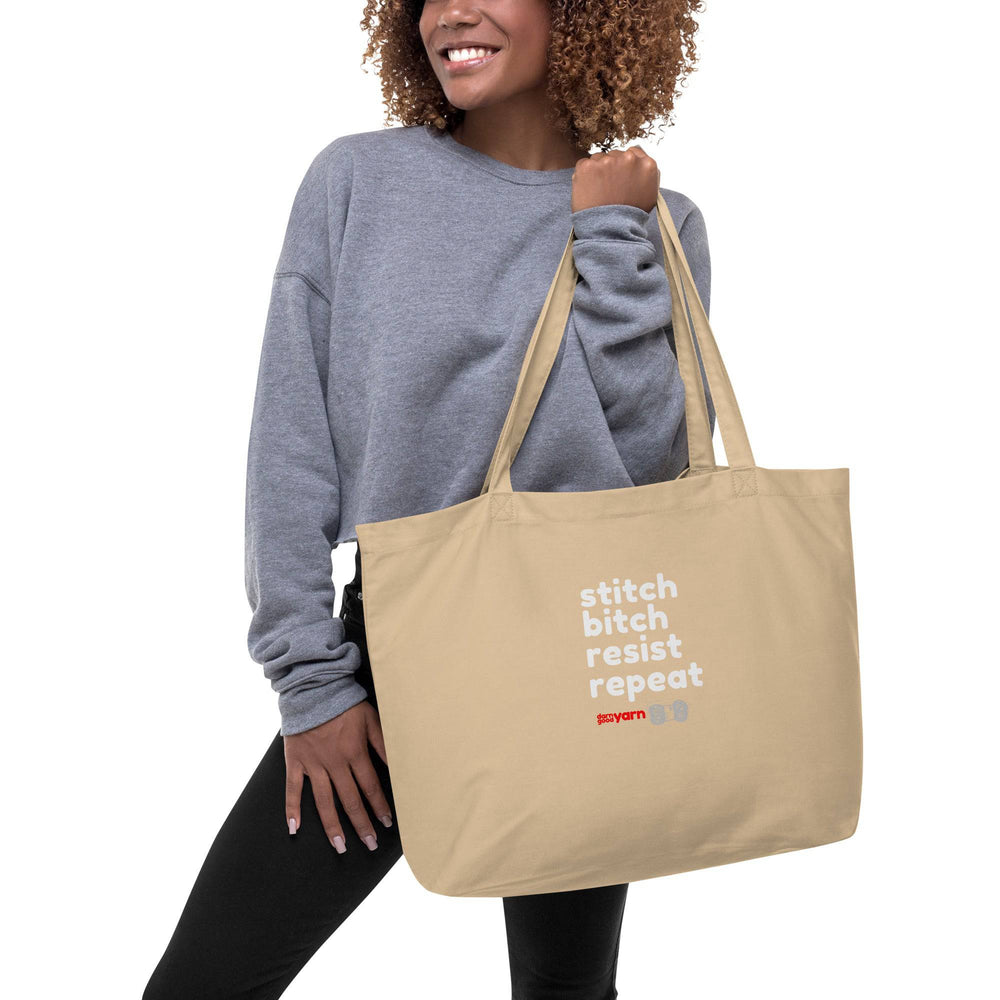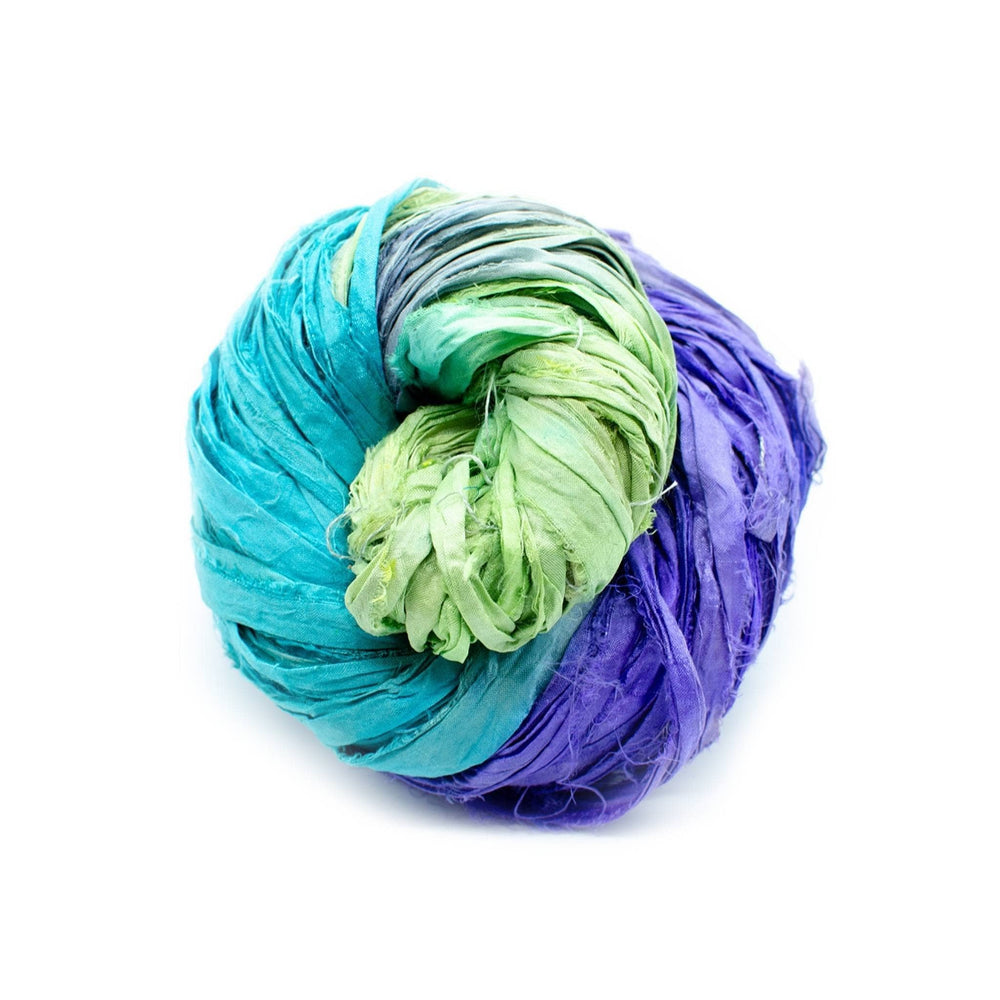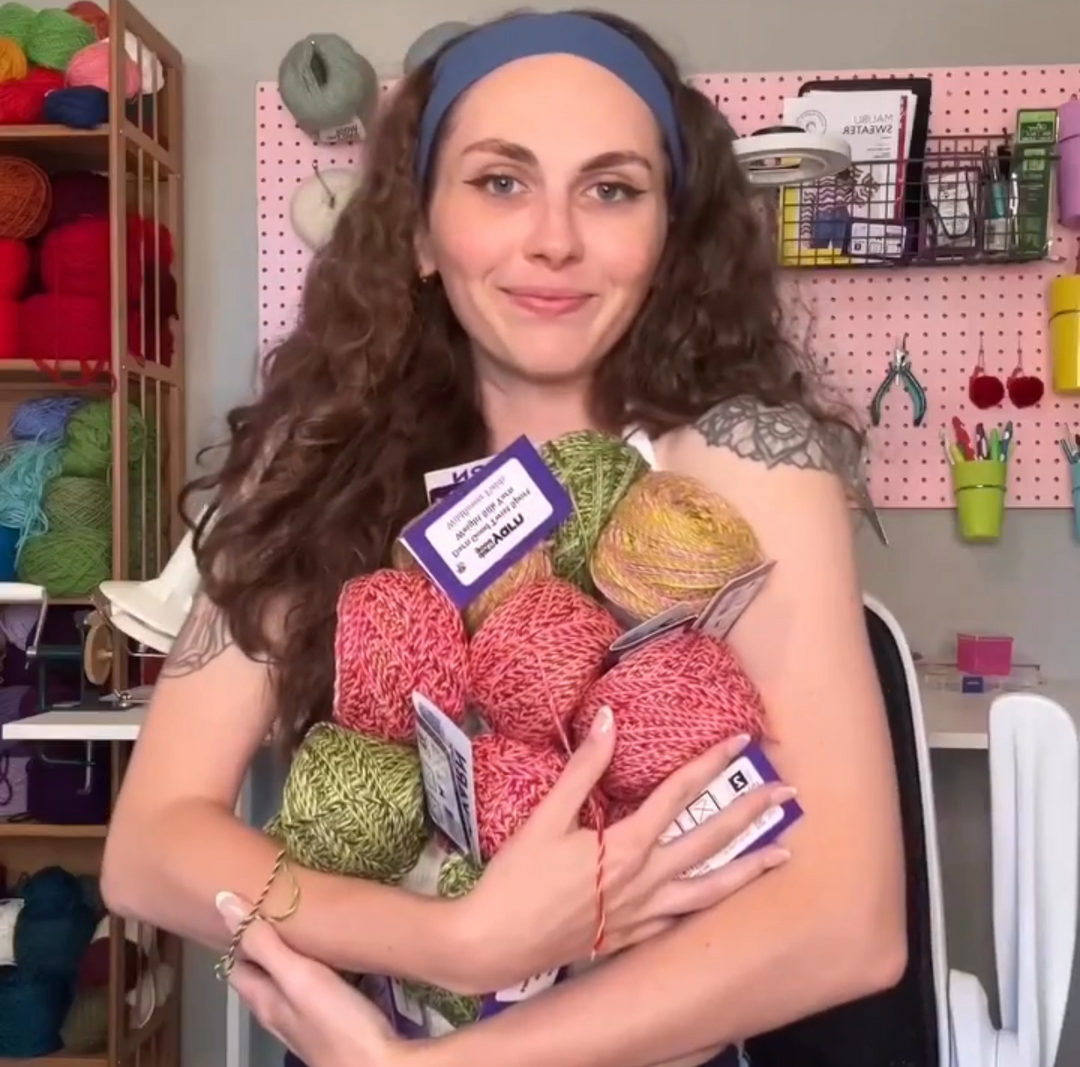Sewing for beginners can be just a little daunting. Where do we start? Just as we prepare to do all of the right things when getting ready to sew a project, we also need to be aware of the most common sewing mistakes that can be made when creating a project. It can make the difference between a piece we can be proud of or one that ends with less than desirable results. Below are the top 10 mistakes to avoid.
1. Using the wrong type of machine needle
This may seem like a small detail, but it is an important one. Some needles are more slender and sharp and able to sew finer fabrics without snagging. Some are thicker and able to accommodate heavier fabrics such as canvas or denim without breaking. Our choice of needle makes a difference in the ease of how well the needle passes through the fabric.2. Not replacing your needle regularly (about every 8 hours of sewing)
Even though a needle may seem sufficiently sharp to the touch, it actually becomes dull with repeated use. Just as using a knife dulls the blade after a few uses, a needle's tip can become dull from the repeated movement of the needle through fabric. Replacing the needle is good practice, especially since they are relatively inexpensive. Consider replacing the needle after each project or two for the best performance.3. Not finishing your seams
Finishing a seam means to either stitch the raw edges of the seam or apply a bias tape to cover the edges. Either of these methods will prevent the unraveling of the fabric and keep the seams intact. The finished edges have a neater appearance and will ensure a longer life for the constructed article.4. Not pressing your seams/using the wrong heat setting on your iron
Just as finishing the seams makes for a neater appearance, so does pressing the seams after stitching. This allows for easier finishing of the seams and the piece lies better if the seams beneath have been pressed flat. Thankfully, modern irons are marked with low, medium and high heat settings. If unsure which heat setting to use on the fabric that has been selected, seeking the advice of the clerk in the fabric store is a good idea. High heat settings are most effective on fabrics that are 100% cotton, whereas lower heat is better for fabrics that contain a higher amount of synthetic materials such as polyester or rayon. Using too high of a heat setting may actually singe or melt the fabric.5. Choosing the wrong fabric
Selecting the type of fabric to be used for a project or a piece of clothing requires a little planning beyond just picking our favorite color or design. Is the project piece something that will need to withstand a lot of wear or use? Choosing a fabric that is more heavy duty or that can withstand frequent washing would be recommended. If a certain drape or texture is needed, then choosing a fabric with synthetic fibers or finer thread count might be appropriate. Some garments may be expressly designed for stretch knits, so that recommendation should be followed as well.6. Using your sewing scissors on paper
Just don't. No matter if your kids have a school project due the next morning, your significant other is in the mood to cut out paper snowflakes, or whatever the reason might be, no excuse is good enough for good scissors to be used on anything other than fabric. Paper dulls the edges much quicker than fabric. There is a world of difference between cutting fabric with sharp scissors and attempting to do so with dull scissors.7. Not taking your measurements or going by the size chart on the pattern

Take the measurements for bust, waist, hip size, and length from waist to ankle, etc., if sewing an article of clothing. This ensures we've chosen the pattern for our correct size. Patterns are generally packaged to include several sizes. For example, a single pattern may have sizes 12-14 marked on the tissue paper. This allows for the ability to customize to our particular measurements if we don't happen to be an exact 36-24-36.
8. Not pre-washing your fabric
Always wash and iron the fabric before attempting the project. Besides rinsing any chemical residue from the fabric, this also insures that any shrinkage that will occur is done prior to the project being made rather than after. This extra step will save much disappointment later.9. Not cleaning your machine regularly
Cleaning the machine occasionally helps it to continue running smoothly. Fibers build up in the area under the needle and in the bobbin area and will eventually cause the thread to begin clumping when making a seam. Lightly oil moving parts with machine oil as well, taking care to wipe away any excess. These steps will help to ensure better function and a longer life for your machine.10. Starting with a complicated project
Beginning with a project that is marked as beginner or easy is a good idea. This is probably one of the most important pieces of advice when learning sewing for beginners. Selecting something that requires a higher skill level can lead to frustration and abandonment of the project. Starting with something simple increases skill and confidence so we can move to more complicated projects as we learn.

Knowing about these common sewing mistakes arms us with the ability to successfully create our own masterpieces. The entire experience of selecting our project, choosing from fabrics to find the one that reflects our personality, and stitching up our one-of-a-kind creation will be even more enjoyable when we know what mistakes to avoid.
 Rewards
Rewards






